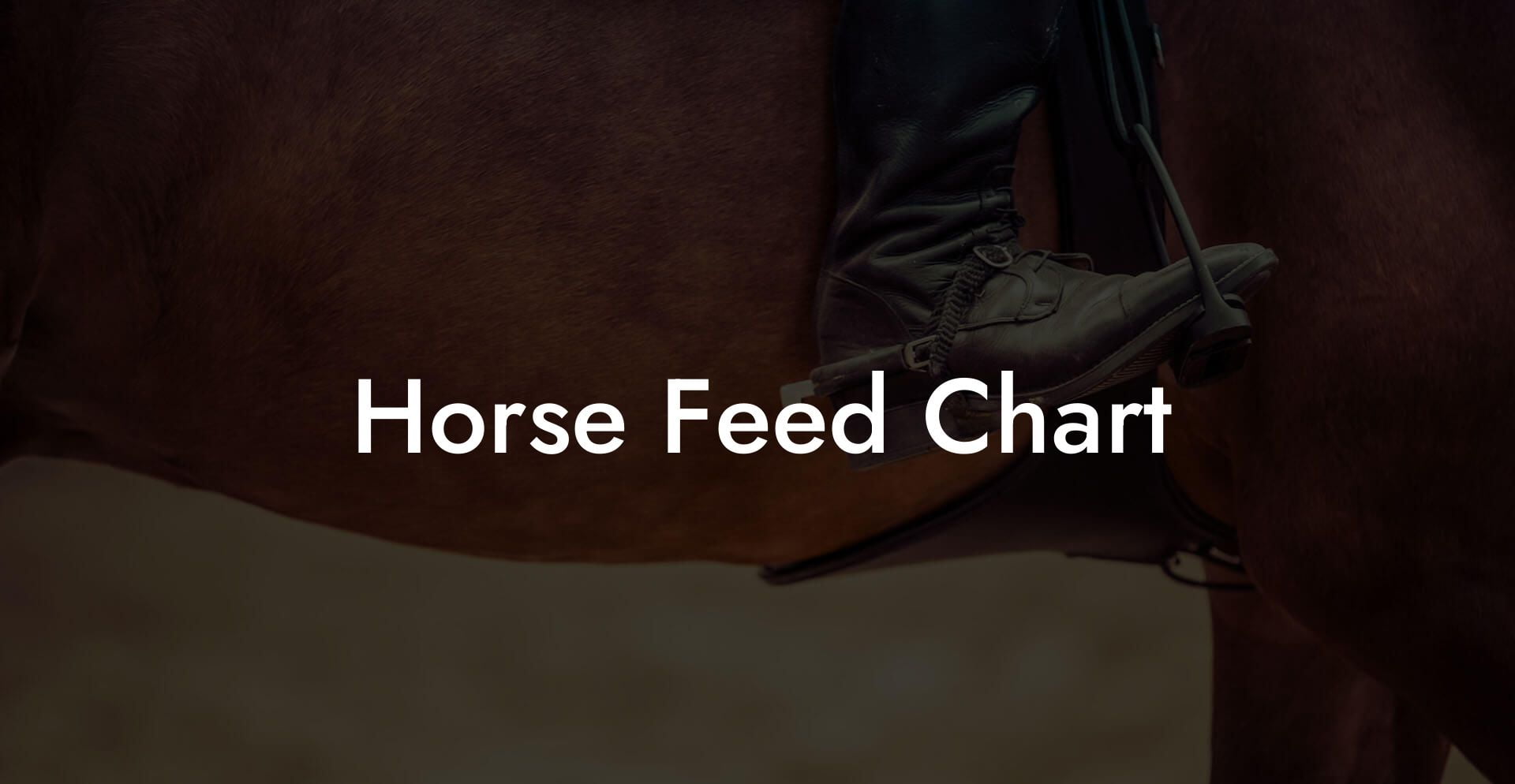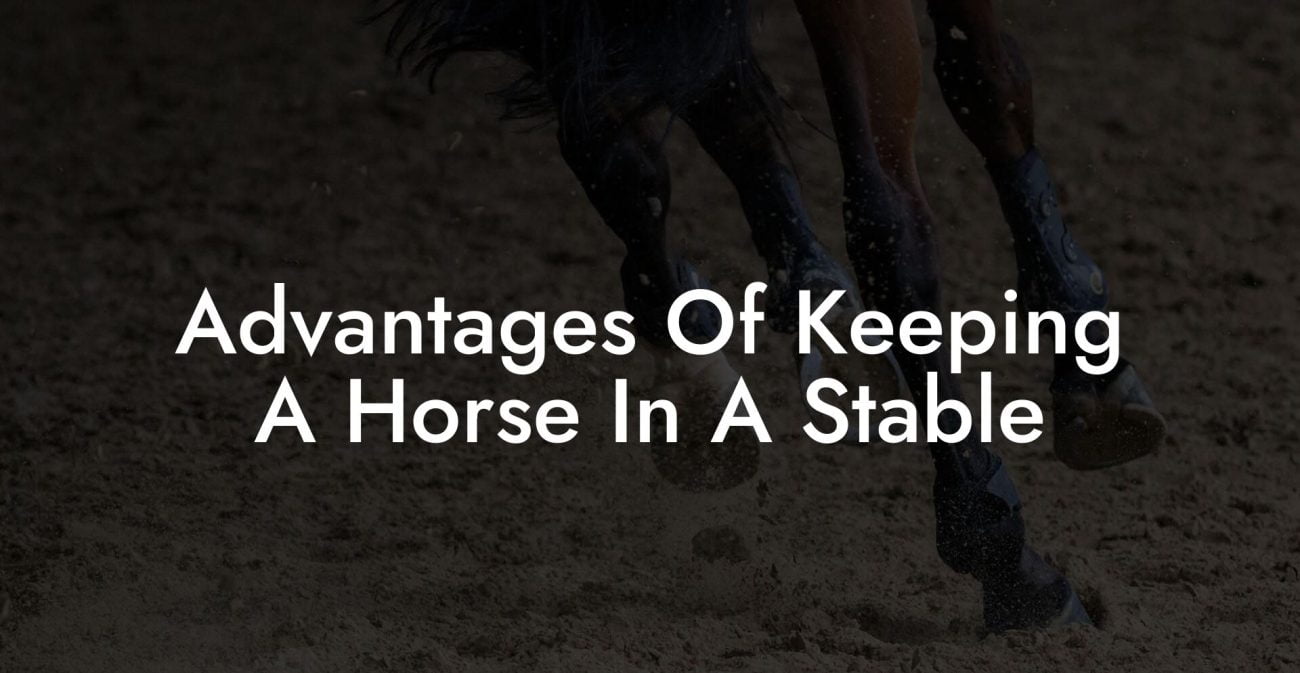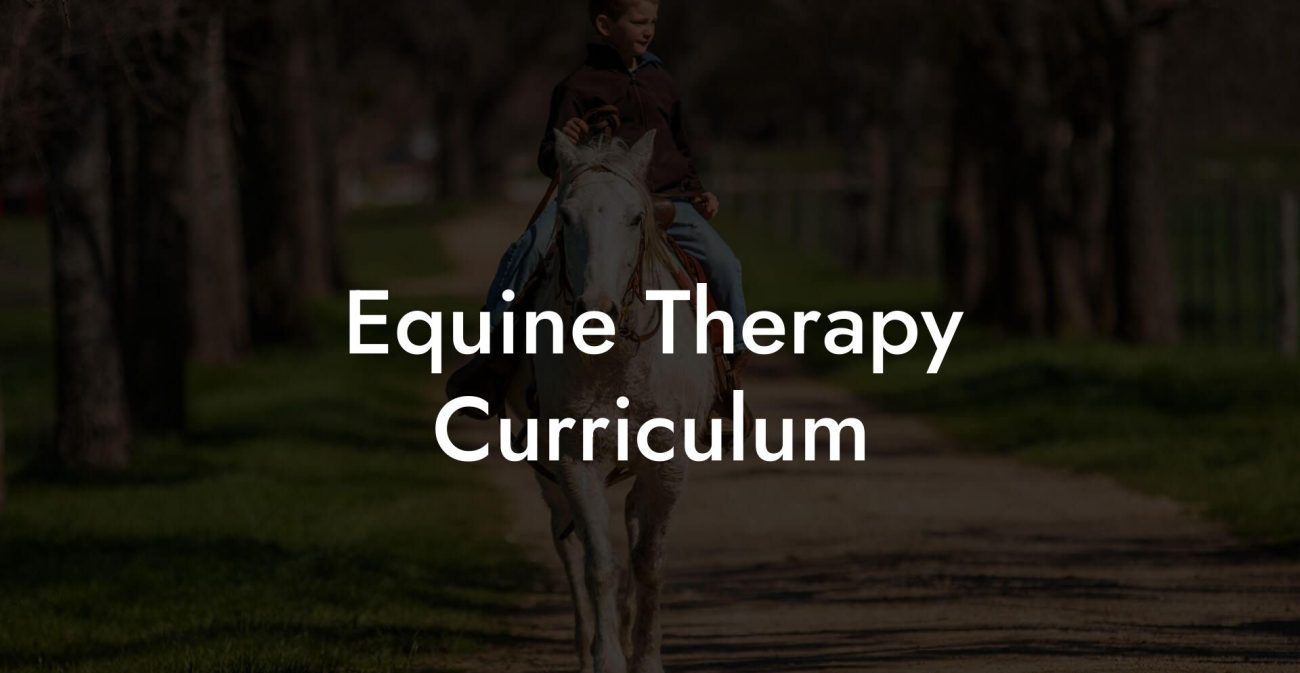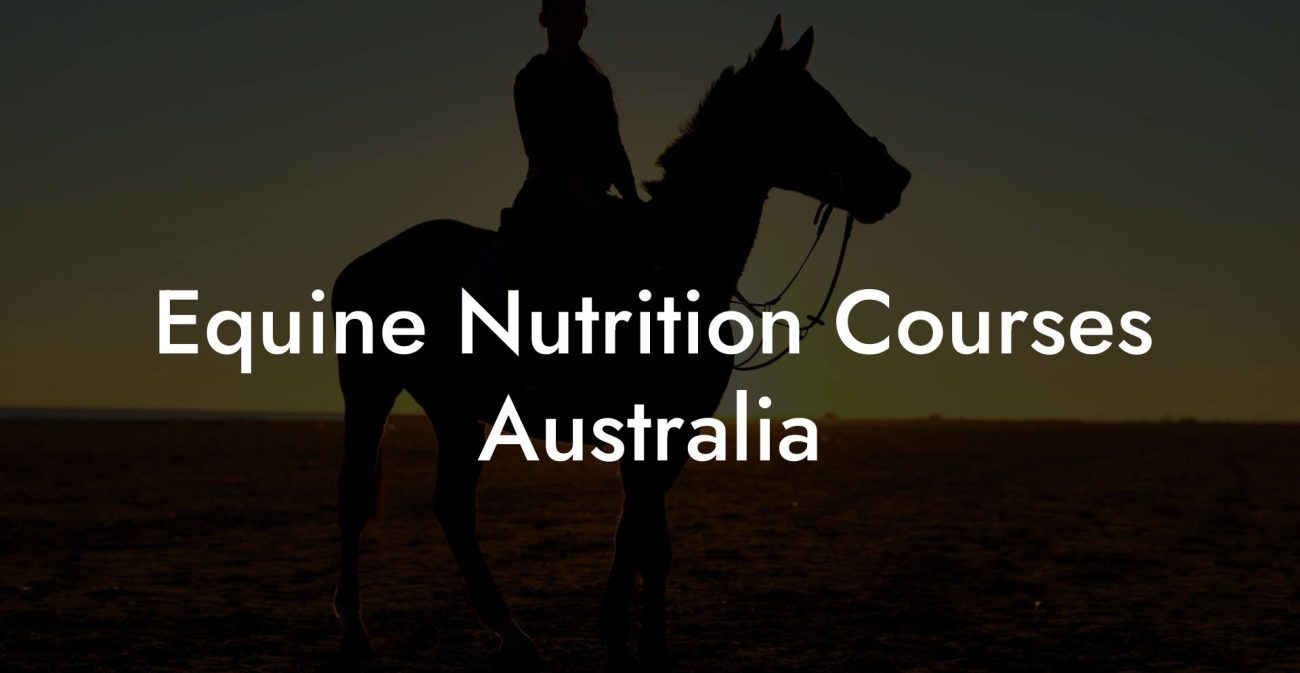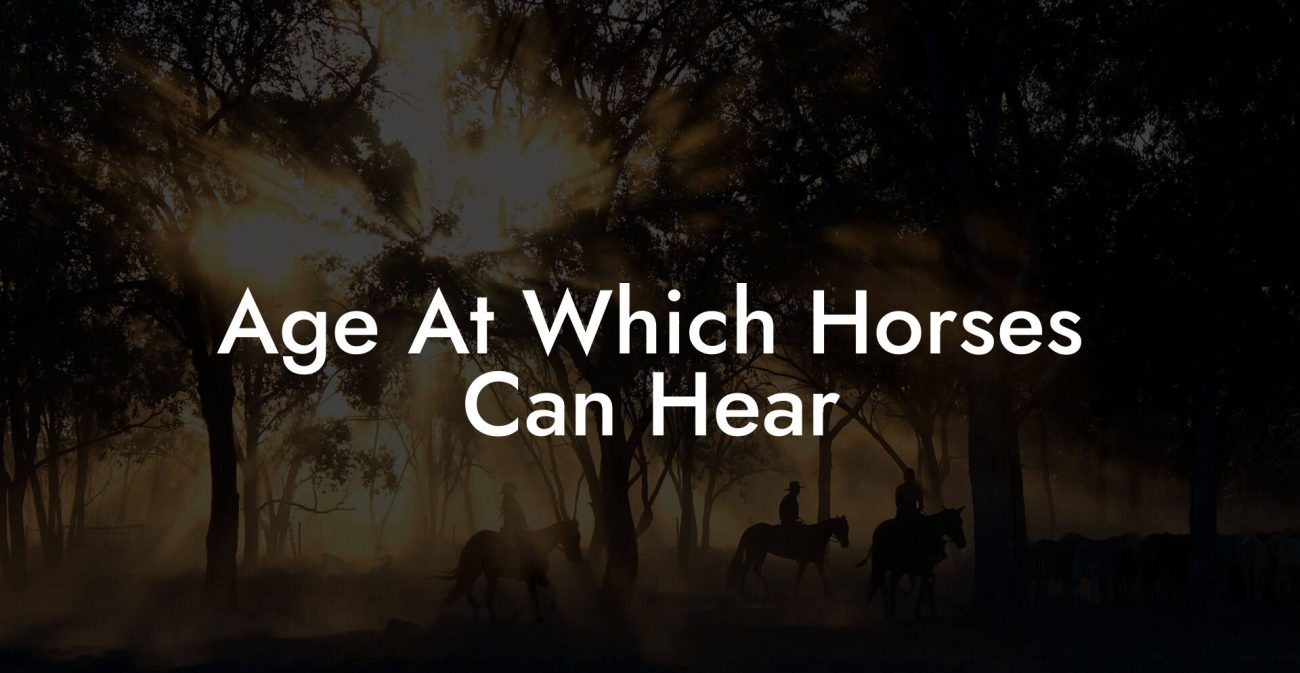Ever wondered how a horse’s chow schedule can be as meticulously curated as your favorite playlist? Get ready to dive into the wild and wonderful world of equine nutrition with our ultimate "Horse Feed Chart" guide that’s redefining how Gen-Z and millennial horse enthusiasts care for their four-legged friends. Whether you’re managing a hobby stable or embarking on your first equine adventure, we’re breaking down the essential ingredients to keep your majestic companion fit, fueled, and forever photo-ready.
Quick Links to Useful Sections
- What Is a Horse Feed Chart and Why It Matters
- Core Components of an Effective Horse Feed Chart
- Understanding Your Horse’s Unique Nutritional Needs
- Age and Stage of Life
- Activity Level and Lifestyle
- Breed and Metabolic Rate
- Health Conditions and Special Requirements
- Building and Customizing Your Feed Chart: A Step-by-Step Guide
- Step 1: Take a Comprehensive Assessment
- Step 2: Calculate Energy Requirements
- Step 3: Choose the Right Forage
- Step 4: Select Concentrates and Supplements
- Step 5: Establish a Feeding Schedule
- Step 6: Monitor and Adjust Regularly
- Incorporating Seasonal Variations into Your Horse Feed Chart
- Spring and Summer
- Fall and Winter
- Common Feeding Challenges and How to Tackle Them
- Picky Eaters
- Overeating and Weight Management
- Digestive Upsets
- Controlling Feed Intake
- Advanced Equine Nutrition: Tips, Tricks, and Trends
- Precision Feeding with Technology
- Integrating Holistic Supplements
- Sustainable and Organic Feed Options
- Customized Diet Plans for Specific Disciplines
- Resources and Community Support: Your Next Steps
- FAQ: Your Horse Feed Chart Questions Answered
- Your Journey to Equine Nutritional Success
What Is a Horse Feed Chart and Why It Matters
A horse feed chart is more than just a table of feed quantities, it’s your comprehensive nutritional blueprint for optimal equine health. Think of it as the ultimate cheat sheet that blends science, care, and a splash of personality to help your horse thrive. From determining the right balance of forages to integrating supplements that support peak performance, a well-crafted feed chart ensures you’re meeting your horse’s energy, protein, vitamin, and mineral needs.
In today’s fast-paced world, where every detail matters (yes, even your Instagram-worthy stable selfies), understanding how to feed your horse correctly is crucial. Miscalculations in feed can lead to health hazards like weight fluctuations, digestive upsets, and even behavioral changes. And let’s be real, nobody wants their four-legged BFF to be anything less than fabulous.
This guide harnesses a wealth of expert insights, actionable tips, and community-tested strategies to transform your horse feeding routine. Whether you’re a seasoned equestrian or a newbie still figuring out which bucket goes where, our comprehensive approach will empower you to tailor a feed chart that fits your horse’s lifestyle, breeds, and personality.
Core Components of an Effective Horse Feed Chart
The right feed chart is built on a foundation of key nutritional components and thoughtful scheduling. Let’s break down the essentials that every equine nutrition plan should include:
- Forage: The cornerstone of any horse’s diet, consisting primarily of hay or pasture. Forage provides the roughage essential for proper digestion and overall gut health.
- Concentrates: Grains and commercial feeds that give a high-energy punch when your horse needs an extra boost, especially useful for performance horses.
- Supplements: These include vitamins, minerals, and additional protein sources that fill any nutritional gaps. Supplements can be tailored to address specific health concerns like joint support or coat shine.
- Water: While not part of the feed chart per se, access to clean water is critical in optimizing the benefits of every mouthful. Hydration is key to digestion and overall well-being.
- Feeding Frequency and Timing: Strategically spacing feedings throughout the day can improve digestion and energy levels. It also helps in preventing issues like colic and obesity.
By understanding these core components, you can start piecing together a feed chart that doesn’t just tick boxes, but actively supports your horse’s health and vitality.
Understanding Your Horse’s Unique Nutritional Needs
Just like your favorite artisanal coffee, no two horses are exactly alike. Their nutritional needs can vary based on factors such as age, breed, weight, workload, and even personality quirks. Here’s what you need to consider:
Age and Stage of Life
Foals, adults, and senior horses have distinct dietary requirements. Foals need higher energy and protein for growth, while mature horses require a balanced diet that prevents weight gain. Senior horses might need more digestible forages and joint-support nutrients.
Activity Level and Lifestyle
Whether your horse is a high-performance competitor or a laid-back pasture pal, their energy expenditure must be matched by the caloric intake. Performance horses need more energy-dense concentrates, while less active horses thrive on forage-rich diets.
Breed and Metabolic Rate
Certain breeds, such as Arabians and Thoroughbreds, tend to have a faster metabolism. Conversely, larger breeds like draft horses may have slower metabolic rates. Tailor your feed chart to accommodate these subtle variances for best results.
Health Conditions and Special Requirements
Health issues such as laminitis, dental problems, or metabolic disorders require a thoughtful adjustment of traditional feed charts. In these cases, consulting with a veterinarian or equine nutritionist is vital to create a sustainable feeding plan.
Understanding these variables ensures that your feed chart is not a one-size-fits-all solution but a personalized and responsive tool geared for individual equine excellence.
Building and Customizing Your Feed Chart: A Step-by-Step Guide
Crafting the perfect feed chart may seem like assembling an IKEA wardrobe, but with a few smart strategies, you’ll be set in no time. Follow these steps to build a feed plan that’s as unique as your horse:
Step 1: Take a Comprehensive Assessment
Begin by evaluating your horse’s current health, weight, and performance levels. Document measurements, body condition scores, and any signs of discomfort or digestive issues. This baseline information is crucial for making informed adjustments.
Step 2: Calculate Energy Requirements
Use your assessment data to determine your horse’s daily caloric needs. Consider factors such as workload intensity and ambient temperature (yes, horses need extra calories in winter too!). There are several online calculators and veterinary guides available to assist with these estimates.
Step 3: Choose the Right Forage
High-quality hay or pasture grass should form the majority of your horse’s diet. Analyze the nutritional content of available forage options and decide on the best mix to meet your horse’s fiber needs.
Step 4: Select Concentrates and Supplements
Based on the energy requirements and overall nutritional gaps, choose concentrates that supplement the forage and include any necessary vitamins and minerals. Keep an eye out for modern feed formulations that are designed with bioavailability and balanced ingredients in mind.
Step 5: Establish a Feeding Schedule
Map out a daily schedule that divides the total feed into multiple smaller meals. Feeding your horse 3-4 times per day can help maintain optimal digestive function and energy levels, while also mimicking natural grazing behavior.
Step 6: Monitor and Adjust Regularly
A feed chart isn’t set in stone. Monitor your horse’s condition and performance, and don’t be afraid to make adjustments. Regular consultations with a vet or nutrition specialist can help fine-tune your plan to match seasonal changes or evolving health needs.
With these steps, you’re well on your way to creating a custom feed chart that’s structured, flexible, and uniquely tailored to keep your horse running in peak condition.
Incorporating Seasonal Variations into Your Horse Feed Chart
Just as you update your wardrobe each season, your horse’s diet may require adjustments to keep up with environmental changes. Seasonal variations play a significant role in the nutritional content of available forage and the energy demands of your horse.
Spring and Summer
As fresh pastures bloom and the weather warms up, your horse can take advantage of nutrient-dense, natural forage. However, the lush grass can be deceptively rich, potentially leading to overconsumption and digestive upset. Balance the abundant pasture with measured amounts of hay and consider implementing grazing time restrictions to prevent issues like laminitis.
Fall and Winter
During colder months, the nutritional content of forage typically declines, and horses expend more energy to maintain body heat. Supplementing the diet with higher-calorie concentrates and energy-dense feeds becomes essential. Additionally, increased fiber through quality hay can help maintain gut health during these harsher months.
Keep a close eye on weight and body condition score during seasonal transitions. Monitoring these changes allows you to adjust the feed chart proactively, ensuring your horse’s nutritional needs are met all year round.
Common Feeding Challenges and How to Tackle Them
Even the best-laid feed charts can run into hiccups. From finicky eaters to unpredictable weather affecting feed quality, here are some common challenges and practical solutions to keep your horse happy and healthy.
Picky Eaters
Some horses develop a taste for variety and can be notoriously picky. Rotating hay types and altering concentrate flavors can stimulate interest. Mixing in a small amount of molasses or beet pulp might also entice them to eat their fill.
Overeating and Weight Management
Overfeeding is a common pitfall that can lead to obesity and metabolic issues. Ensure you measure feed portions accurately, and consider investing in a quality feed dispenser that controls serving sizes. Regular exercise paired with a balanced feed chart will help maintain an ideal weight.
Digestive Upsets
Sudden changes in diet or overconsumption of rich feeds can lead to digestive disturbances such as colic or laminitis. Transition gradually between feed types to allow your horse’s digestive system to adjust, a slow and steady approach that prevents gut shock.
Controlling Feed Intake
Many horses prefer grazing all day, so controlling their feed intake is crucial. Using slow feeders or dividing daily rations into smaller, scheduled meals can mimic natural grazing patterns without overloading their digestive system.
Identifying and addressing these challenges early can pave the way for a smoother and more effective feeding regimen, ensuring your horse not only eats well but thrives.
Advanced Equine Nutrition: Tips, Tricks, and Trends
For those who like to stay ahead of the equine nutrition curve, here are some advanced strategies and emerging trends that can take your horse feed chart from basic to brilliant:
Precision Feeding with Technology
Gone are the days when feeding was all guesswork. Modern technology like smart feeders, nutritional apps, and even wearable devices for horses allows you to monitor their health in real time. Tracking weight, activity, and even digestion metrics means you can tailor feed charts to actual data rather than estimations.
Integrating Holistic Supplements
Holistic supplements, including omega-3 fatty acids, probiotics, and herbal remedies, are becoming popular for boosting coat shine, joint health, and overall immunity. Incorporating these into your feed chart may provide that extra edge in keeping your horse in top form.
Sustainable and Organic Feed Options
With an increasing focus on sustainability, many horse owners are turning to organic and eco-friendly feed options. These feeds not only reduce your carbon hoofprint but also provide cleaner, more natural ingredients that can result in better digestive health and overall performance.
Customized Diet Plans for Specific Disciplines
The nutrition needs of a racehorse differ greatly from those of a trail riding companion or a working farm horse. Advances in equine nutrition are paving the way for customized diets that are specific to your horse’s role, ensuring they receive the exact fuel they need for their particular activity.
Experimenting with these advanced tactics might seem daunting at first, but with the right balance of research and expert consultation, you can integrate these trends into your feed chart seamlessly, giving your horse the competitive edge, whether on the track or in the arena.
Resources and Community Support: Your Next Steps
Navigating the maze of horse nutrition might feel like decoding a vintage mixtape, but you’re not alone. From online forums and social media groups to local equine nutrition workshops, there’s a wealth of resources and community support waiting to propel you forward.
Consider joining equine nutrition groups on platforms like Instagram and TikTok, where young and savvy equestrians share their tips, hacks, and behind-the-scenes feeding regimens. Local stables and equine clinics also often host informational sessions designed to demystify the art of crafting an impeccable feed chart.
Bookmark reputable websites, subscribe to industry newsletters, and don’t hesitate to consult with certified equine nutritionists. This proactive approach not only refines your feeding strategy but also cements your status as part of a vibrant, forward-thinking equestrian community.
FAQ: Your Horse Feed Chart Questions Answered
We’ve gathered some of the most common questions from amigos and experts alike to address your burning inquiries about horse feed charts.
1. What exactly is a horse feed chart?
A horse feed chart is a detailed schedule that outlines the types and quantities of feed, ranging from forage to concentrates and supplements, that your horse should receive daily. It’s essentially a tailored nutritional roadmap designed to meet your horse’s unique needs.
2. How do I determine the right amount of feed for my horse?
The right amount of feed depends on factors such as your horse’s age, weight, activity level, and overall health. Many owners use online calculators and professional consultations to customize this dosage accurately.
3. Can I make changes to the feed chart on my own?
While minor adjustments based on seasonal changes or observed weight fluctuations are common, it’s crucial to consult with a veterinarian or equine nutritionist before making significant modifications.
4. Why is forage emphasized in a feed chart?
Forage, which includes hay and pasture grass, is essential for maintaining proper digestive function and overall equine health. It forms the base of a balanced diet by providing necessary fiber and natural nutrients.
5. How do seasonal changes affect my horse's dietary needs?
Seasonal variations influence forage quality, temperature, and your horse’s metabolism. In warmer months, nutrient-rich pasture might require limited grazing, while colder seasons often demand more energy-dense feeds to compensate for decreased forage quality.
6. What role do supplements play in a horse feed chart?
Supplements bridge potential nutritional gaps in your horse’s diet. They supply vital vitamins, minerals, and other nutrients that ensure optimal performance, recovery, and overall health.
7. How often should I review my horse feed chart?
Regular reviews, ideally quarterly or during seasonal transitions, help ensure your feed chart stays aligned with your horse’s evolving nutritional requirements.
8. Are there digital tools available for managing feed charts?
Absolutely. Numerous smart apps and technology platforms allow you to monitor your horse’s weight, performance, and feed intake, providing data-driven insights to adjust feeding plans with ease.
Your Journey to Equine Nutritional Success
Crafting and maintaining a horse feed chart that dances perfectly to your horse’s needs isn’t just about crunching numbers, it’s about nurturing a lifestyle that celebrates health, precision, and a little bit of stall-side sass. By embracing a holistic approach, using technology, and staying adaptable with the seasons, you’re not just feeding your horse; you’re fueling their potential.
As you experiment, adjust, and optimize your equine nutrition strategy, remember that every bite counts. Each section of your feed chart, from high-quality forage to precision supplements, plays a crucial role in ensuring your horse performs at its peak. Be it for daily wellness, competitive performance, or simply living a vibrant, balanced life, your commitment to equine care shines through.
So, saddle up and embark on your journey to equine nutritional success. With a well-structured feed chart, a community of like-minded enthusiasts, and a genuine passion for horse care, you’re setting the stage for sustained vitality and countless moments of joy in the saddle.
Here’s to a future where every meal becomes a celebration of health, every feeding session a nod to smart nutrition, and every gallop a testament to a life well-fed. Your horse’s journey to optimal health starts on your feed chart, craft it with care, passion, and a dash of creative flair.

